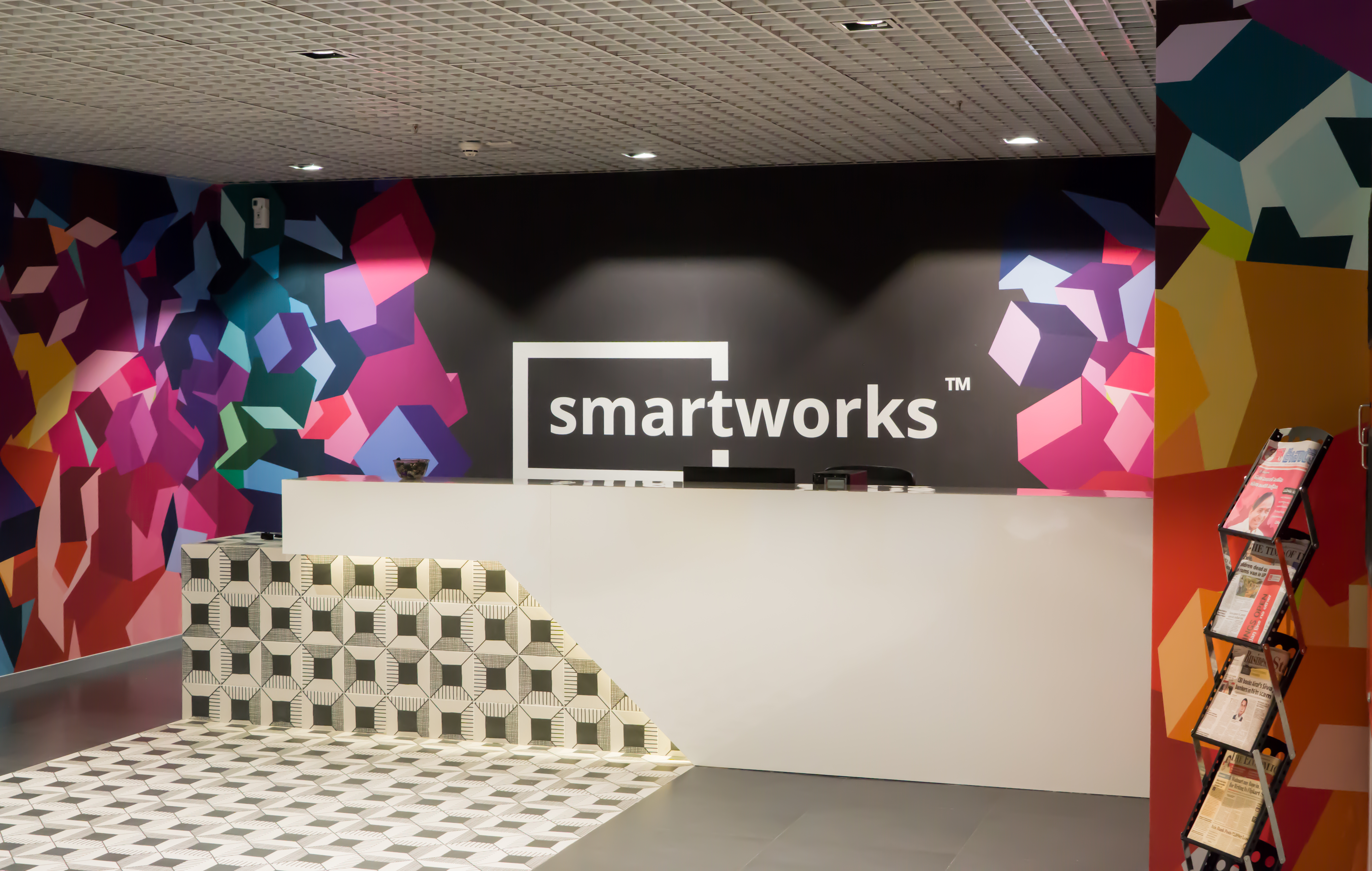
Any hope for commercial realty with interim budget?
Bottom Line: Come budget and all discussions and debates around…

Bottom Line: Come budget and all discussions and debates around…

Track2Realty approached to a number of real estate developers who are offering assured returns. Though all of them refused to speak ‘on record’ but privately they admit that their assured returns have failed due to market dynamics than intentional cheating.

The Government’s decision to allow 51% FDI in multi-brand retail and 100% FDI in single-brand retail under the automatic route was a definite crowd-pleaser that attracted giants like Walmart to make forays into the country.

Smartworkshas added two new centres in Chennai and Pune to further consolidate its leadership in these two markets. already has two and three centres respectively in these cities. The centres will be operational by early next year and have a total seating capacity of 5000+ people.

With high expectations from 2018, it was anticipated that the teething problems around policy initiative introduced in 2017 (RERA and GST) would ease out by the end of the year, bringing a new order of transparency and efficiency.

The Indian real estate sector has always been perceived by investors across the world as attractive proposition in terms of quality assets across segments. The recent policy changes and reforms have further shaped the perception of global investors on India as these reforms are seen as India’s endeavour to given an image makeover to the real estate business.

The ancient Chinese curse ‘may you live in interesting times’ certainly has a lot of pertinence to Indian real estate today. These are doubtlessly ‘interesting’ times for the sector, which has transformed significantly over the last decade. The pace of transformation has been accelerated further by the Central Government’s reformative steps aimed at ushering in ‘Acche Din’ to the realty sector.

The report also recommends the best urban locations for technology firms. Bengaluru, Singapore and Shenzhen stand out as top choices for starting or expanding technology operations in Asia. Modest long-run growth prospects hold down developed cities like Tokyo and Taipei for the sector. While emerging cities offer high growth potential and low operating costs, they tend to score lower on employment criteria and human aspirational metrics.

While Bengaluru tops the charts, Hyderabad has been ranked number 7 and makes a surprise entry, scoring highly on long-run growth potential, although it scores less on other socio-economic factors and does not yet match Bengaluru as a source of talent. As per Colliers Research, about 56 million square feet (5.2 million sq m) of office space, Hyderabad is only about 40% of Bengaluru’s size. However, development is proceeding apace, with total stock set to increase by 33 million sq ft or 60% by 2021.

Cloud computing, fueled by Internet of Things (IoT), has given rise to a new era of real estate possibilities for Asia Pacific companies and their workforces. By allowing firms to store and process virtually limitless amounts of data remotely, the cloud is enabling what Colliers International terms the Internet of the Workplace (IoW) – a digitally integrated enterprise architecture that exists in the virtual as well as the physical realm, connecting employees and allowing them to collaborate regardless of location.
